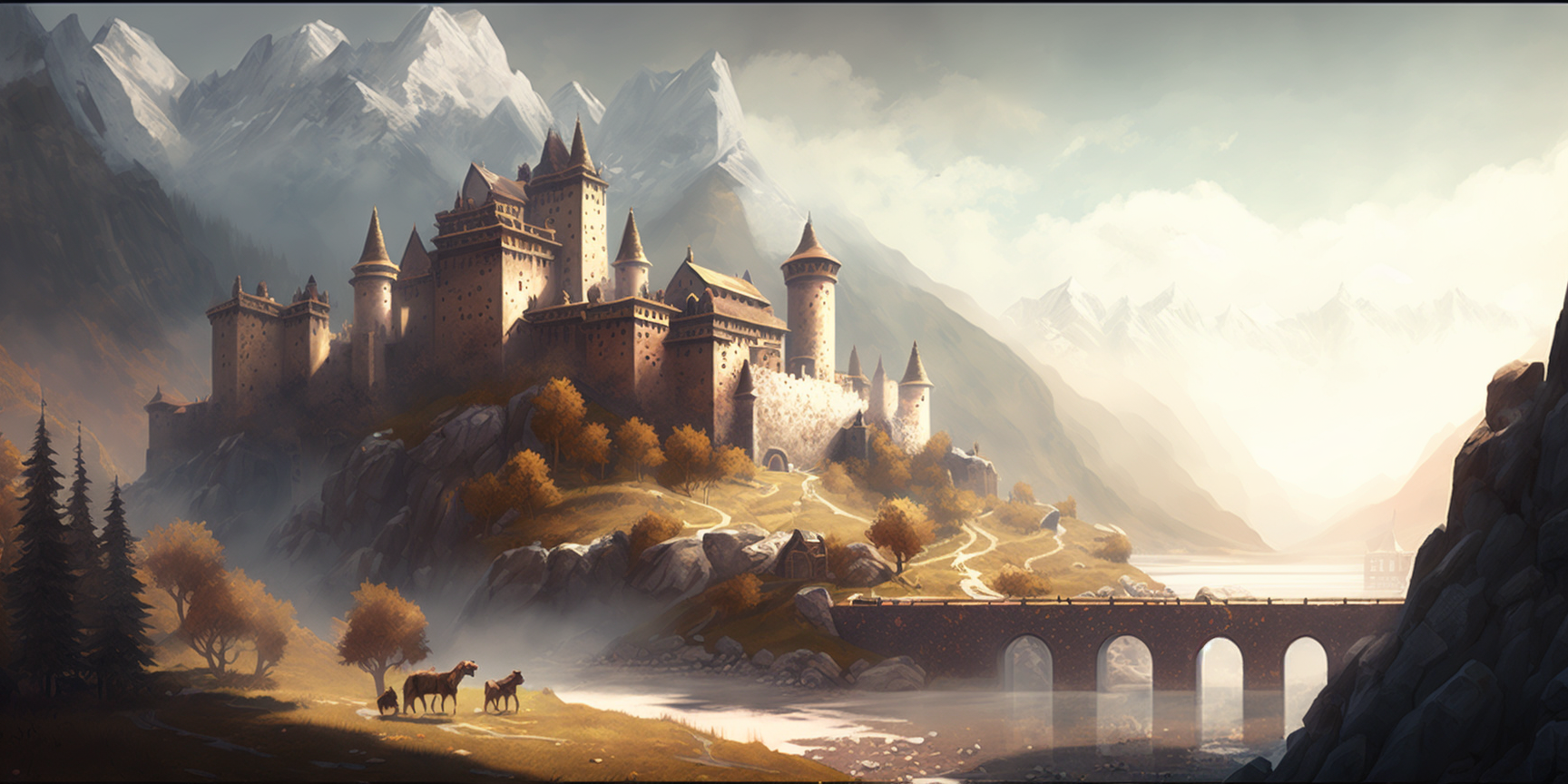Silver Standard
1kg of gold =
Food production
During the middle ages, a human needed around 2 acres of land per year in order to survive. Currently only 1/3 of an acre is required.
Serf 5 (bare min) 10 - 15 (average) acres / family
Manor 1500 - 6000 acres
Average Household 8-10 people in average 4-6 abled workers
---
An acre was the amount of land tillable by one man behind one ox in one day. Traditional acres were long and narrow due to the difficulty in turning the plough.
1 acre = 43,560 square feet = 40x4 rods (160 square rods)
660 feet (a furlong) long and 66 feet wide
Grain production: (4-5 in a bad year) 7 to 15 bushels per acre (1 sack = 1 bushel = 25.4 kg / 60lb of Grain seed )
Serf tax to Lord's = 1/20 5% all the way up to 1/5 20% + 3-6 man-days / week + Animal/Produce Gifts to the Lord
Freeman Tax = 1/20 5% all the way up to 1/10 10%
Church Tithe: 1/10 (10%)
Miller's Fee 1/16th (6,25%)
Baker's Fee 1/20th (5%) (For any baked food)
A prosperous English peasant in the 14th century would probably consume 2 - 3 (1-1.5kg) pounds of bread, 8 ounces (220gr) of meat or fish or other protein and 2 -3 pints (1kg) of ale per day. The bread was usually mean of rye, oats, or barley.
Normalization
1 acre produces 10 bushels (254kg of Wheat Grain)
After Setf Taxes:
1/10 to the lord= -25.4
1/10 to the Churh = -25.4
= 203 kg of Wheat Grain
After Freeman Taxes
1/20 to the lord= -12.7
1/10 to the Churh = -25.4
= 215.9 kg of Wheat Grain
Bread Making
1000g of Bread = 800g of Flour + 200g of Water + 500g of Charcoal
1kg of Bread = 2650 kcalories
Milling
Production Efficiency:
Brown: 1000g of Grain = 650 - 800g of Brown Flour
White: 1000g of Grain = 500 - 750g of White Flour
Time:
Hand 5kg / hour > 30-40kg / day
WInd 20kg / hour > 200kg / day
Ox/Donkey: 200 kg / day
Horse: 300 kg / day
Water 200kg / hour > 2000 kg / day
Food / person
The average man needs (4500kcal * 365days = 1,642,000kcal per year
The average woman/child needs (3000kcal * 365days = 1.095,000kcal per year
Considering that Working Men:Women ratio is 1:1 in average
=> A worker needs = 1.368,000kcal / year
The average child/elder needs (2000kcal * 364days = 730,000 per year
and that the ration for worker to non-worker was 4:10
The average human needs ((1368000*4)+(730000*6))/10 [b 985,000 ]kcal / year to survive
For a serf 1 acre of Wheat after tax will produce 225kg (25kg fee of the miller) of Bread (1kg of bread 2650kcal) = 596,000 kcal
If someone was to only eat bread they would need 985,000 kcal / 2650 = 371 Breads
=> Each person would need 371/225 = 1.65 acres to survive.
But in truth people also:
Vegetables from their garden and foraging (if allowed)
Meat from their animals (cow,sheep,goat,pig,chicken, duck, geese)
Milk from their animals (cow,sheep,goat)
Eggs from their animals (chicken, duck,geese)
Beer (part of their barley production)
Many of those were fermented, smoked, dried, pickled or salted for the winter)
Beer
Could be made at home with no tax
10% loss of calories during fermenation on average
https://www.quora.com/When-yeast-feeds-on-sugar-during-fermentation-is-it-actually-reducing-the-calorie-count-of-a-fermenting-substance
http://medieval.ucdavis.edu/120D/Money.html
http://www.lostkingdom.net/social-stratification-of-a-feudal-kingdom-part-2-the-glue-that-holds-it-all-together/
Charcoal Making
1000kg of Wood = 200kg of Charcoal (5:1)
Coal and Charcoal are considered almost equially efficient
Baking/Cooking
Burning wood directly is significantly less efficient (from 15:1 to 10:1 compared to 5:1 for charcoal or coal
1 kg of Meat needs 1kg of Charcoal
Medieval Professions
https://docs.google.com/spreadsheets/d/1UFAerm2J4zbsBMZUp_FlffkWX_gf4W3ERaf6YoVtCNI/edit#gid=0



Comments